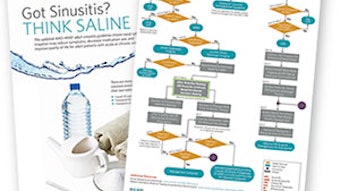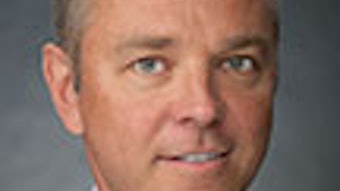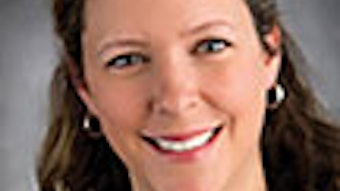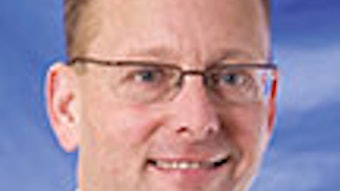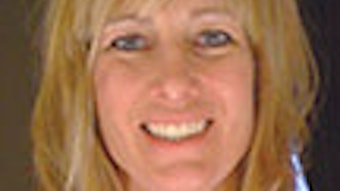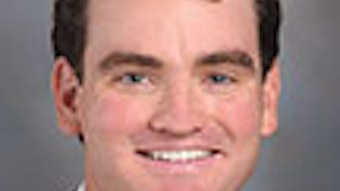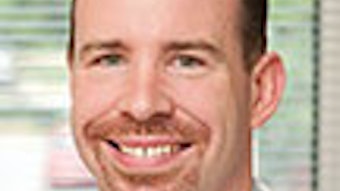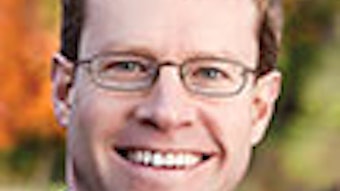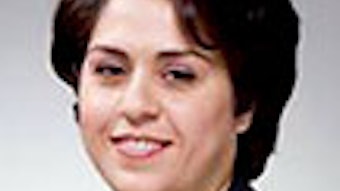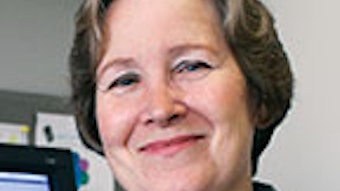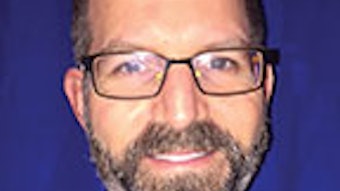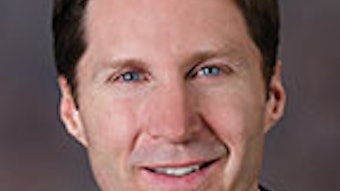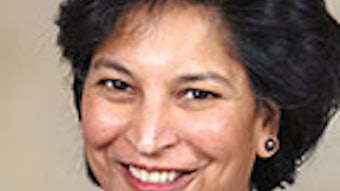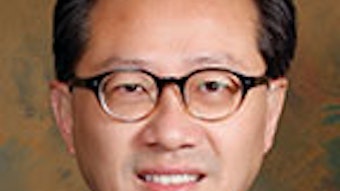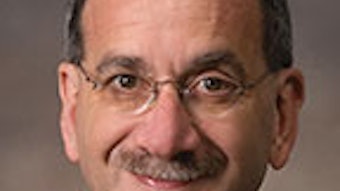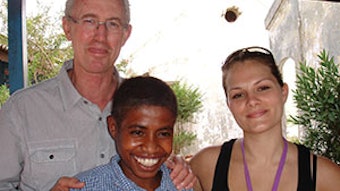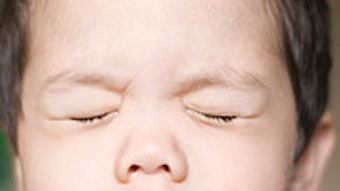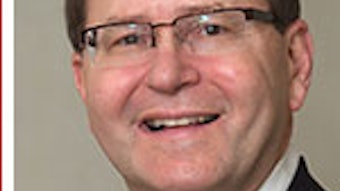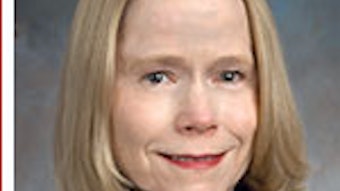¿Cómo se dice ’emergent intubation’?Expanded from the print edition
On November 2, 2014, we departed the Midwestern cold and arrived in Tegucigalpa, Honduras, where our 23 carefully packed duffels of supplies were examined and attempted to be explained to authorities in my own rusty Spanish. After four hours of bus travel on questionable local roads, the Saint Louis University Hospital brigade arrived safely at the Hospital Santo Hermano Pedro in Catacamas, Honduras.
By Mary S. Czerny, MD, AAO-HNS Humanitarian Travel Grantee
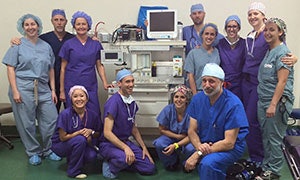 Part of the brigade posing with the new anesthesia machine. Foreground: Mark Varvares MD. Row 1 (L to R): Nancy Nguyen, AA, Dary Costa, MD, Julie Fitzer, AA. Row 2 (L to R): Mary Czerny MD, George Saffa, Lisa Schaeg NP, Nathan Hahn MD, Erica Sher, Morgan Crow RN, Haley Medvick PA, Janassa Opichka CRNA
Part of the brigade posing with the new anesthesia machine. Foreground: Mark Varvares MD. Row 1 (L to R): Nancy Nguyen, AA, Dary Costa, MD, Julie Fitzer, AA. Row 2 (L to R): Mary Czerny MD, George Saffa, Lisa Schaeg NP, Nathan Hahn MD, Erica Sher, Morgan Crow RN, Haley Medvick PA, Janassa Opichka CRNAOn November 2, 2014, we departed the Midwestern cold and arrived in Tegucigalpa, Honduras, where our 23 carefully packed duffels of supplies were examined and attempted to be explained to authorities in my own rusty Spanish. After four hours of bus travel on questionable local roads, the Saint Louis University Hospital brigade arrived safely at the Hospital Santo Hermano Pedro in Catacamas, Honduras.
After an evening of preparing the clinic and operating rooms for the following day, we settled in for some much-needed rest in our dormitory adjacent to the hospital. I was awakened at 4:30 a.m. by a Honduran doctor, the sole physician at the brigade-dependent hospital, explaining in rapid Spanish that she needed assistance with emergently intubating a patient. The bleary-eyed physicians briskly made the way across the street where anesthesiologist Nathan Hahn, MD, performed a difficult intubation with access to limited equipment including a broken glass suction canister and one thoroughly used endotracheal tube stylet. Due to the lack of ventilators in the hospital ward, the patient ultimately had to be bagged by hand until she could be transferred to a larger city. Fortunately, we completed the week without any further emergencies.
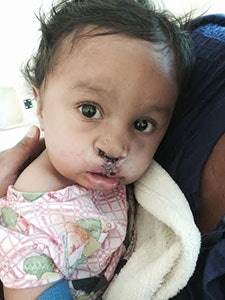 13-month-old Santos in mom’s arms on postoperative day one following bilateral cleft lip repair.
13-month-old Santos in mom’s arms on postoperative day one following bilateral cleft lip repair.Funded by the International Medical Assistance Foundation (imedaf.org), a humanitarian grant from the AAO-HNSF, and local donations, we were able to bring a brigade of 20, including four attending otolaryngologists, to provide care to this community. The recent purchase of an additional anesthesia machine allowed our group to run three operating rooms, thereby increasing the number of patients for whom we could provide care. Under the direction of otolaryngologist Alan Wild, MD, we performed 167 clinic visits, 55 surgeries, and 21 audiologic evaluations during our five-day stay. Surgeries included many basic procedures as well as cleft lip and choanal atresia repair, antrochoanal polyp excision, tympanomastoidectomy, thyroidectomy, aural atresia repair, and the removal of an unusual periorbital tumor.
I was amazed by the nearly 100 people sitting patiently in rows, without food or drink, waiting for us to open the clinic on our first day. Patients spent as much as a full day traveling to the hospital by various means, and, incredibly, several were aware of our brigade because of the hospital’s frequently updated Facebook postings. We operated at times without light, air conditioning, and, for a brief
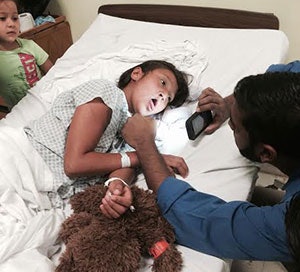 Dr. Siva Chinnadurai examining 11-year-old cleft patient Arely on postoperative day one following her pharyngeal flap.
Dr. Siva Chinnadurai examining 11-year-old cleft patient Arely on postoperative day one following her pharyngeal flap.period, oxygen in our anesthesia tanks. We worked with limited supplies and came up with creative solutions when we didn’t have exactly what we needed. Camaraderie developed quickly as brigade members worked together and uncomplainingly performed whatever tasks were necessary to keep things running smoothly. The patients and families were kind, grateful, and quick to impart a smile or hug. As I near the completion of my residency, I found this trip to be the ideal reminder of why I chose a career in medicine and the power physicians have to change the lives of our patients.
Many sincere thanks to the Humanitarian Efforts Committee for funding our mission.

